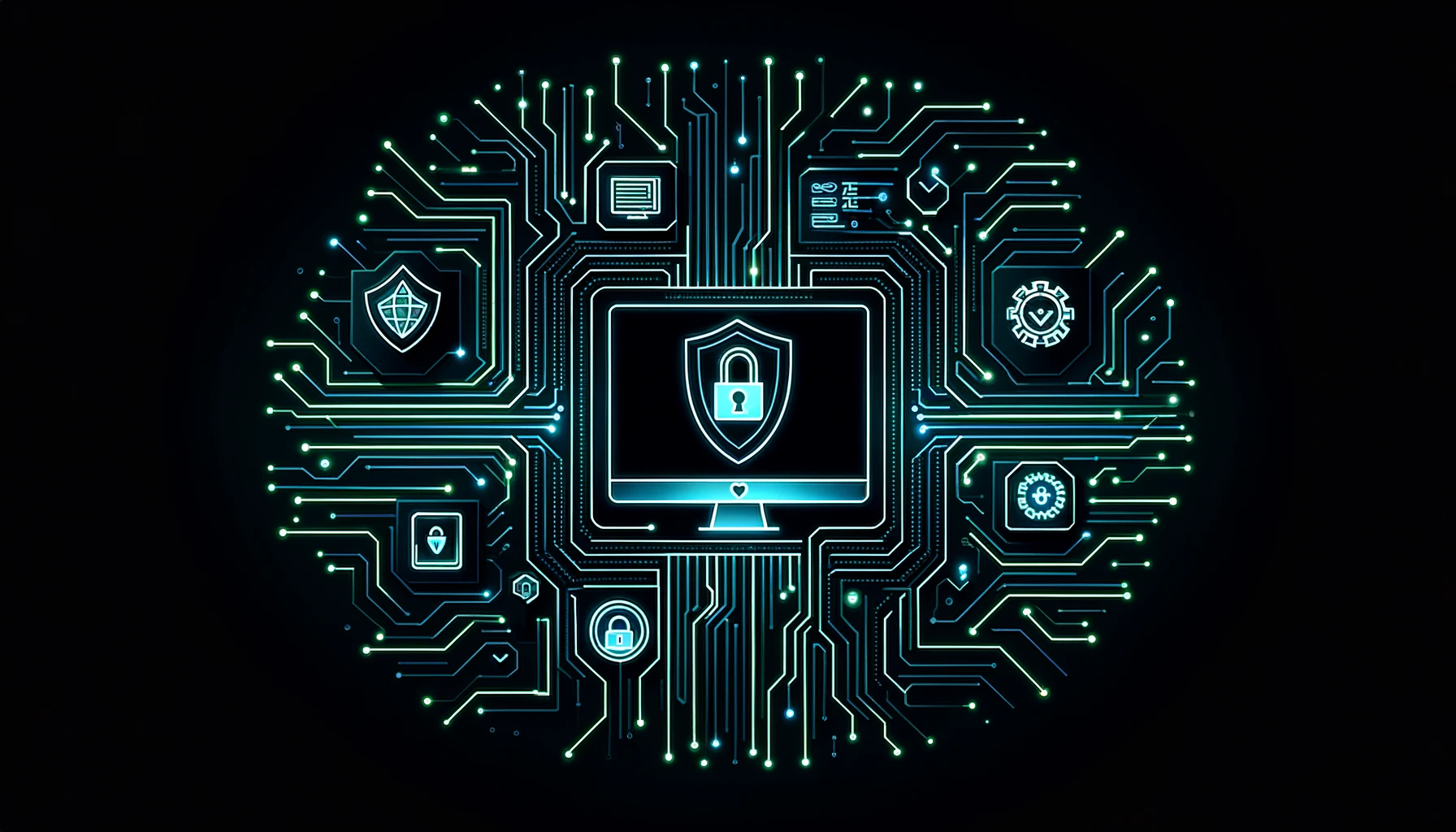Elektronische Gesundheitskarte (eGK)
Elektronische Gesundheitskarte (eGK)
The Elektronische Gesundheitskarte (eGK) is Germany's electronic health card. It helps people get healthcare services by storing important information, like patient identity, insurance details, and emergency health information. The eGK works with Germany's telematics infrastructure to let healthcare providers easily and securely share information. But, even though it makes healthcare easier, the eGK can still be at risk for things like data breaches and unauthorized access. That's why having strong IT security is really important.
Learn more about our Penetration Testing services that help protect against these risks.
Key Points
- Data Storage: The eGK stores personal, medical, and insurance information, which can be accessed securely.
- Telematics Integration: The card works with Germany's telematics system to safely transfer data between healthcare providers.
- Cybersecurity Measures: The card uses encryption, GDPR rules, and secure systems to protect patient data.
- Critical Infrastructure: The eGK is part of Germany's important healthcare systems, so its security is crucial.
- Risk Factors: Even with protection, there are still risks that could expose healthcare data to cyber threats.
Related Terms
Data Storage and Security
The eGK has a chip that stores different kinds of information:
- Personal Information: This includes the patient's name, address, date of birth, and insurance provider.
- Medical Data: It stores emergency health records, allergies, and current treatment plans, which can be accessed in emergencies without a PIN.
- Health Insurance Details: Insurance status, insurer details, and other important administrative information are also stored on the card.
To keep this data secure, the eGK is part of the telematics infrastructure (TI), which uses encryption and strong authentication to stop unauthorized access. The TI also follows GDPR rules, which means that patient data is handled with strict privacy standards.
Cybersecurity Risks and Challenges
Even with these security features, the eGK can still face cybersecurity risks, so it's important for healthcare providers to take extra steps to protect it. Data breaches have shown that healthcare systems can be vulnerable to cyberattacks. Healthcare providers can reduce these risks by:
- Doing regular penetration testing
- Using strong encryption
- Following GDPR rules
- Training staff on best cybersecurity practices
For example, there have been cases where poor security led to patient data being exposed online. This shows how important it is to take these extra precautions.
- Data Breaches: Unauthorized access has caused millions of sensitive health records to be compromised.
- Medical Device Vulnerabilities: Devices connected to the TI, like insulin pumps and ventilators, can also be at risk from cyberattacks.
- Ransomware: Attacks using ransomware are becoming more common, targeting healthcare systems. Visit our article on ransomware prevention and protection strategies for more details.
Integration with European Health Insurance Card (EHIC)
The eGK also works as a European Health Insurance Card (EHIC). This means people can use it to get healthcare services when traveling in other EU countries. For example, if someone gets sick while visiting France, they can use the EHIC feature on their eGK to get medical help without dealing with extra paperwork. This makes it easier for insured people to access healthcare across Europe.
Key Features of the eGK
- Digital Data Storage: The eGK keeps both personal and emergency health information, which can be quickly accessed in emergencies.
- Secure Data Transfer: The card uses NFC technology to securely share information between healthcare providers, pharmacies, and insurers.
- Telematics Infrastructure: This secure system allows encrypted communication between healthcare organizations to protect privacy and prevent data breaches.
- Emergency Data: The card can store emergency medical information, like allergies or ongoing treatments, that can be accessed without a PIN during emergencies.
How Does the eGK Ensure Data Security?
The eGK uses a mix of encryption technologies, secure data systems, and GDPR compliance to protect health information. Security features include:
- Data Encryption: All information shared through the telematics infrastructure is encrypted so that unauthorized people can't access it. Think of it like a sealed envelope—only people with the right key can open and read it.
- Access Control: Only authorized healthcare providers can see patient information, and patients get to decide what data is shared. It's like a locked door that only certain people have the key to.
- Two-Factor Authentication (2FA): When healthcare providers need to access certain data, they have to verify their identity using multi-factor authentication (MFA). This adds an extra layer of security. Imagine needing both a keycard and a password to get into a secure room—this makes sure that only verified people can enter.
For more details on data protection strategies in healthcare, read our detailed overview of GDPR compliance.
FAQ
Administrative data such as name, date of birth, address and insurance number are stored on the eGK. Emergency data and medication plans can also be saved as an option.
In an emergency, doctors can access important health information such as allergies or chronic illnesses stored on the eGK without the patient having to enter a PIN.
With the EHIC, insured persons can take advantage of medical services in other European countries. It is printed on the back of the eGK.



































